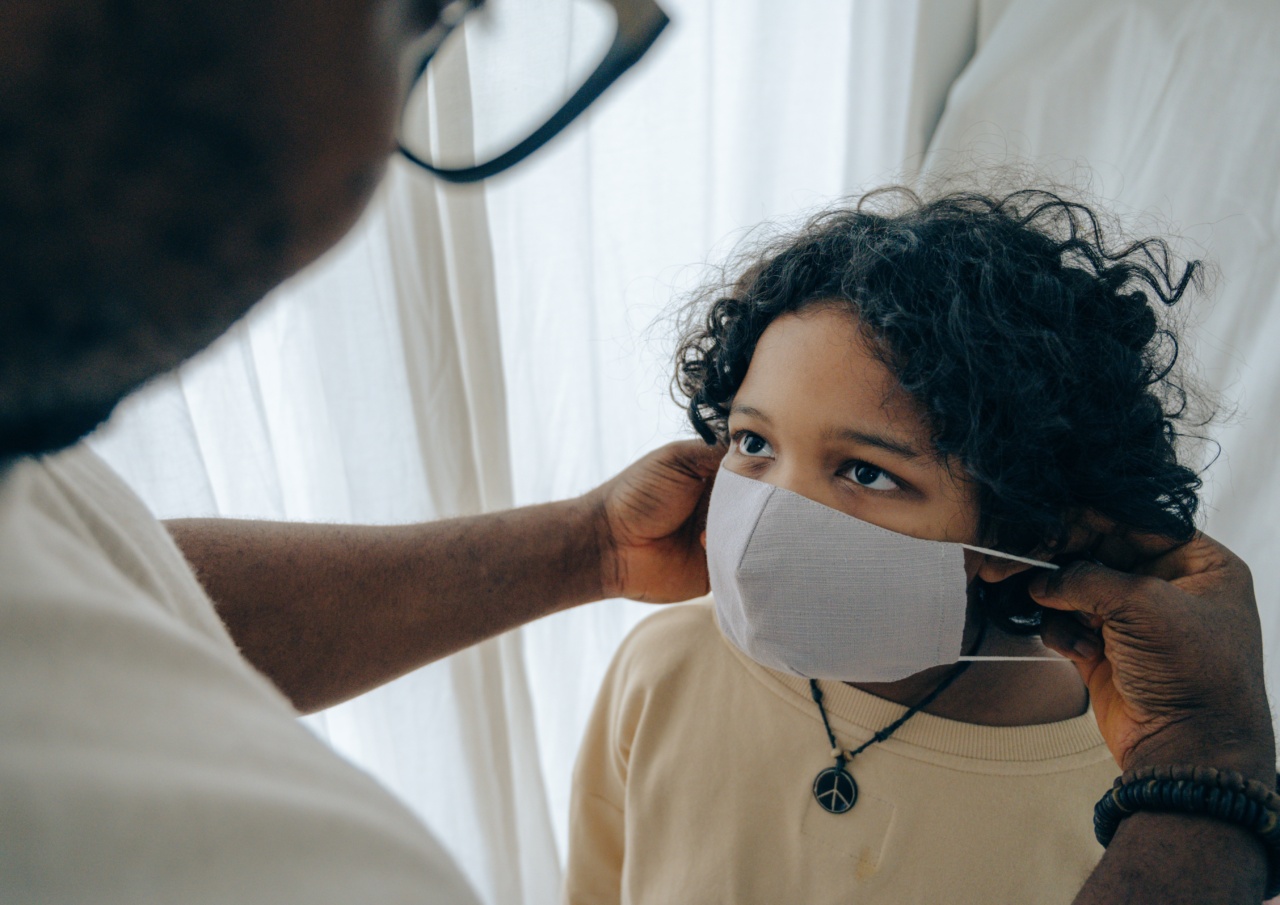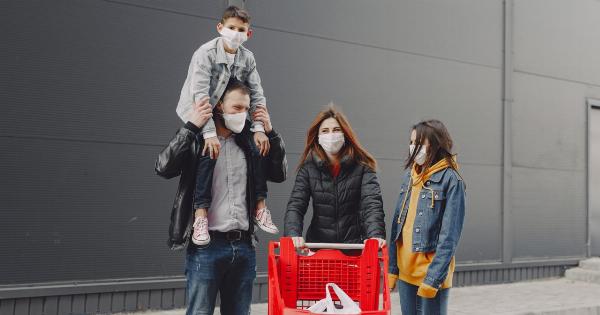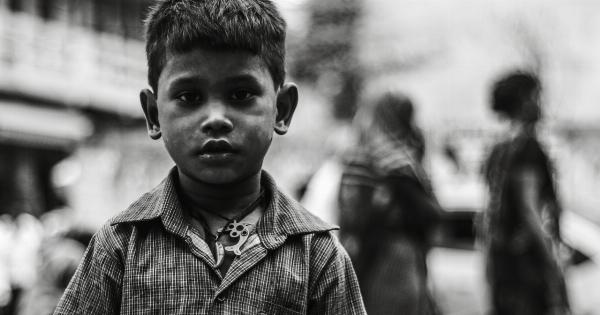Children are naturally curious and inquisitive, often exploring their surroundings and interacting with various objects.
However, this innocent curiosity can sometimes lead to dangerous consequences, especially when children come into contact with hazardous products. From choking hazards to toxic substances, there are numerous ways in which products can pose a threat to a child’s safety and well-being. It is therefore crucial to implement measures to prevent dangerous products from accessing children.
This article aims to explore various strategies and initiatives that can be implemented to ensure the safety of children.
Childproof Packaging
One of the most effective ways to prevent dangerous products from reaching children is through the use of childproof packaging.
Childproof packaging refers to containers or enclosures that are specifically designed to be difficult for children to open or access. This could include features such as safety caps, tamper-evident seals, or special opening mechanisms that require dexterity and cognitive skills beyond a child’s ability.
Product Safety Standards and Regulations
Strict product safety standards and regulations play a vital role in preventing dangerous products from entering the market and reaching children.
Governments and regulatory bodies should enforce comprehensive safety standards, testing procedures, and labeling requirements for products targeted at children. These standards should cover a wide range of potential hazards, including choking hazards, toxic materials, sharp edges, electrical safety, and more.
Educating Parents and Caregivers
Parents and caregivers need to be educated about the potential dangers associated with certain products.
This educational outreach can take the form of public awareness campaigns, workshops, or even information leaflets distributed at healthcare facilities or schools. Providing information on identifying hazardous products, understanding safety labels, and implementing precautions can significantly reduce the risk of accidents or injuries involving children.
Effective Labeling
Labels play a crucial role in communicating important information about a product’s safety and potential risks.
Clear and concise labeling can assist parents and caregivers in making informed decisions about the suitability of a product for children. Labels should include age recommendations, choking hazard warnings, and any other relevant safety instructions or precautions.
Furthermore, manufacturers should consider using universal symbols or icons to ensure that the information is easily understood, even for individuals who may have limited literacy skills.
Rigorous Product Testing
Before a product is introduced to the market, it must undergo rigorous testing to ensure its safety. Manufacturers should conduct thorough tests and assessments to identify any potential hazards and make necessary modifications to mitigate risks.
Testing should take into consideration various factors, such as mechanical safety, chemical safety, and potential allergic reactions, among others.
Monitoring and Recall Systems
Establishing a robust monitoring system is essential to quickly identify and address any safety concerns related to products.
Manufacturers should actively monitor customer feedback, conduct regular safety audits, and report any instances of harm caused by their products. Additionally, an efficient recall system should be in place to promptly remove any unsafe products from the market and provide consumers with suitable alternatives or refunds.
Collaboration with Retailers
Retailers play a vital role in ensuring the safety of children by only stocking products that comply with safety standards and regulations.
Manufacturers should collaborate closely with retailers to educate them about safety requirements and help them identify potentially dangerous products. This partnership can further promote the responsible sourcing and sale of child-safe products.
Consumer Product Safety Commissions
Public agencies, such as consumer product safety commissions, should be actively involved in monitoring and regulating the safety of products targeted at children.
These commissions should have the authority to enforce safety standards and impose penalties on non-compliant manufacturers or retailers. Additionally, they can conduct investigations into reported incidents and provide valuable insights and recommendations for improving product safety.
Integrating Safety in Product Design
Product designers and manufacturers need to prioritize safety during the development and design stages of a product.
By integrating safety features, such as rounded edges, secure battery compartments, or non-toxic materials, the risk of accidents or injuries can be significantly reduced. Designers should also consider the age appropriateness of a product and incorporate features that cater to different developmental stages.
Building a Culture of Safety
Creating a culture of safety is vital to long-term prevention efforts. This involves fostering a societal mindset that prioritizes the safety and well-being of children.
From parents and caregivers to manufacturers and retailers, everyone should be actively involved in promoting and practicing safety measures. Regular safety campaigns, communication, and collaboration among stakeholders can instill a collective responsibility for keeping children safe from dangerous products.
Conclusion
Preventing dangerous products from accessing children requires a multi-faceted approach involving various stakeholders, including manufacturers, retailers, parents, caregivers, and regulatory bodies.
By implementing strategies such as childproof packaging, rigorous testing, effective labeling, and educational outreach, the risks associated with hazardous products can be significantly reduced. Additionally, integrating safety into product design, fostering collaborations, and building a culture of safety can further contribute to safeguarding children’s well-being.
It is our collective responsibility to prioritize the safety of children and ensure that dangerous products do not pose a threat to their lives and development.































